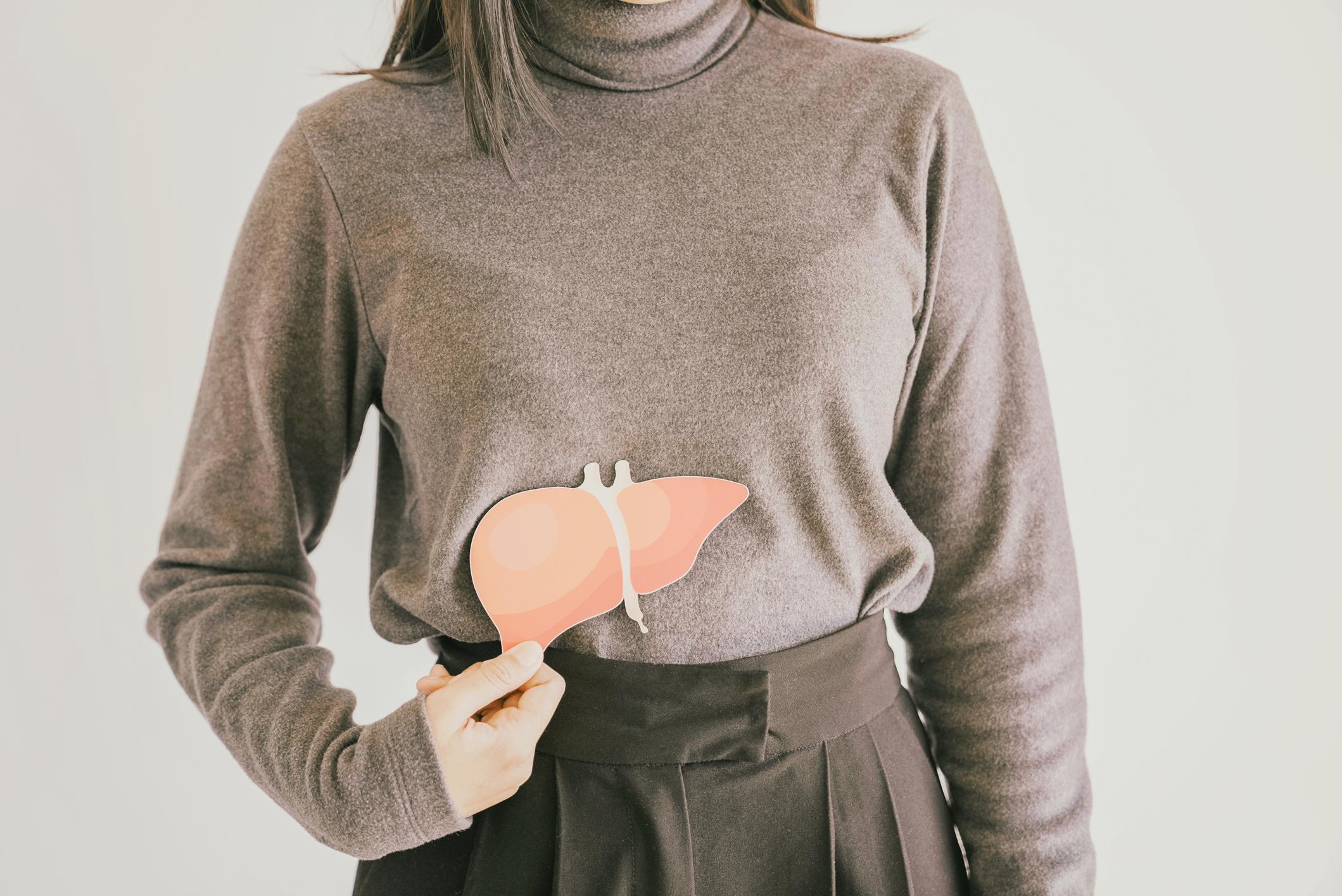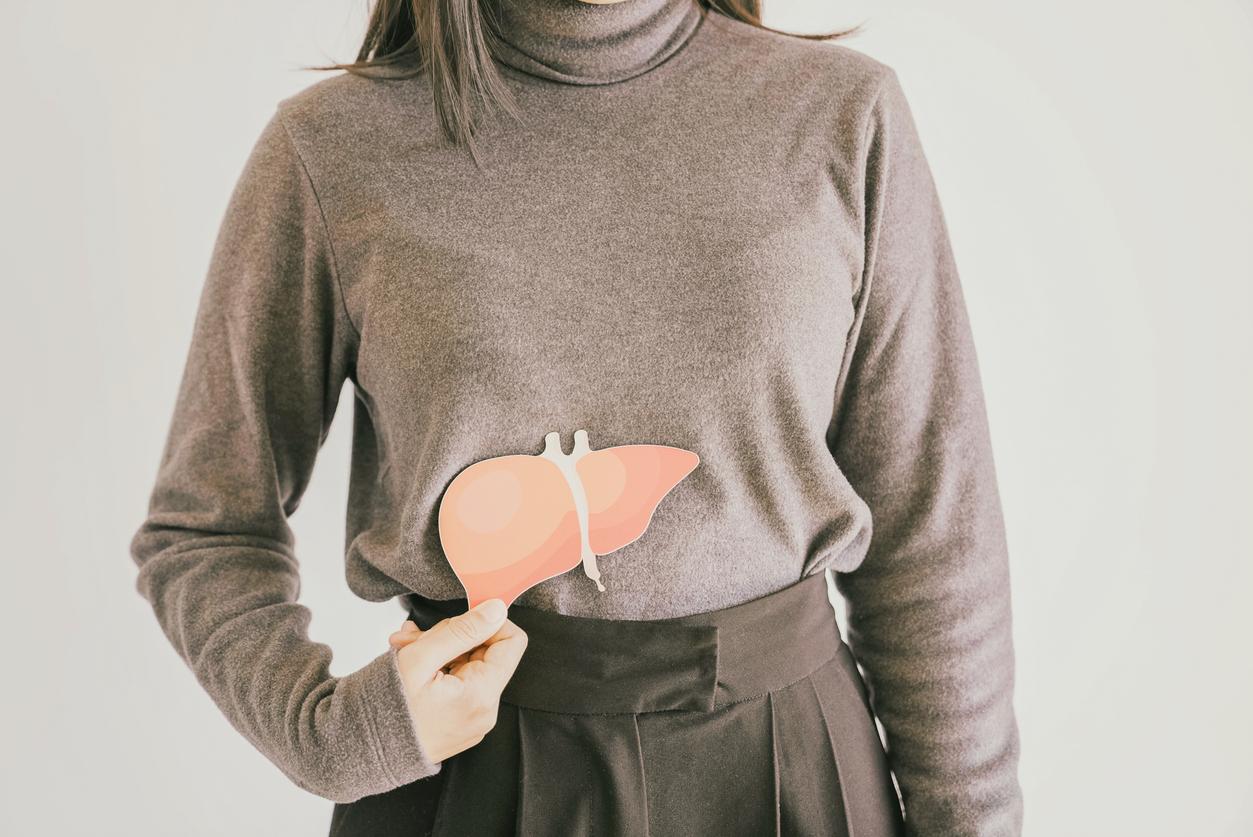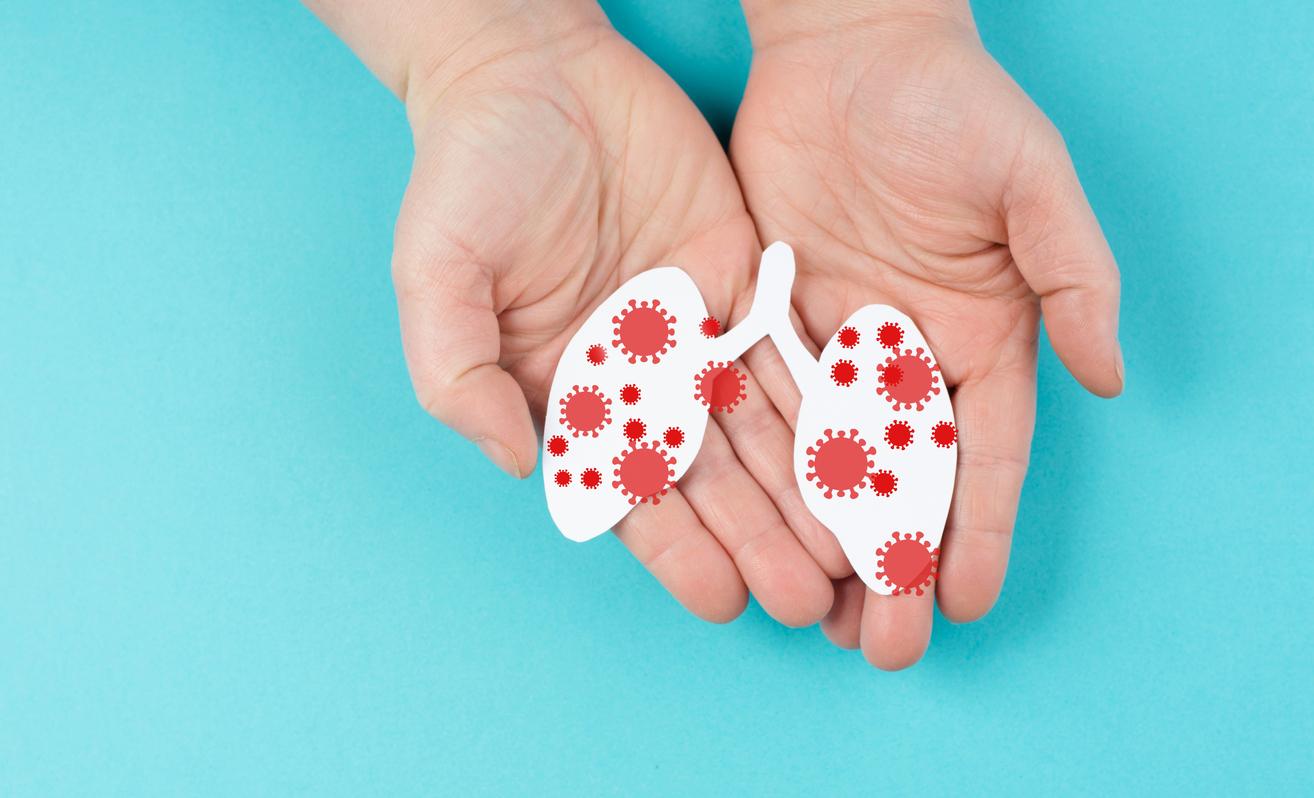German scientists have shown that mouse liver cells age differently depending on which part of the organ they are located.

- The liver is largely made up of a single type of cell, hepatocytes, whose roles are different depending on their location in the organ.
- In mice, the process that allows liver cells to use oxygen to produce energy in their mitochondria deteriorates with age.
- In the area of the oxygen-deprived organ, a change in the fat metabolism of the cells was observed.
An organism’s tissues and even the cell types of a tissue can age at different rates, according to researchers at the Max Planck Institute for the Biology of Aging in Cologne, Germany. But does the location of a cell within the organ make a difference in the aging process? This is the question they wanted to answer in a study published in the journal Nature Aging.
The liver is largely made up of hepatocytes.
As part of their work, the researchers focused on liver cells. As a reminder, the liver is largely made up of a single type of cell, hepatocytes. Depending on their location in the liver, they play different roles. Near the portal vein, where fresh, oxygen-rich blood enters the liver, hepatocytes use oxygen to process fats in their mitochondria and produce energy. In contrast, carbohydrates are broken down in areas of the liver that are less oxygen rich.
For the research, the team analyzed liver cells from young and old mice using cutting-edge technology. The latter allowed them not only to obtain data on almost every cell, but also to assign them a position in the organ. They attempted to determine how the cells’ metabolism changed and whether epigenetic changes occurred.
Liver: the location of liver cells influences their aging
According to the results, in rodents, liver cells aged differently depending on their location in the liver. In detail, they noticed that the process, which allows liver cells to use oxygen to produce energy in their mitochondria, deteriorated considerably with age. However, in the oxygen-deprived central area of the liver, the authors found no change in the mitochondria, but a change in the cells’ fat metabolism.
“Together, we provide evidence that evolving microenvironments within a tissue exert strong influences on its resident cells, potentially shaping epigenetic, metabolic, and phenotypic outcomes,” can we read in the conclusions of the study.















